While the Asus Transformer Book TX300 just recently hit the stores in only a handful of countries, it looks like Asus are already working on several followups for that particular unit, based on what they displayed on the showfloors at Computex and their Press conference over there.
Now, it’s not like I wasn’t expecting a successor for the TX300, which is afterall only an Ivy Bridge powered tablet hybrid. I was, but bare in mind the new unit is still not available yet, it will probably be around September or so. But if you thought about buying the existing TX300, there are reasons to hold off. And reasons not to, as you’ll see from the lines below.
However, while details are very scarce for now, it really looks like the T300 is a downgraded version of the TX300, that won’t address any of the issues of the current generations. Design wise, as you’ll see from the hands-on video embedded below, from the guys at Mobilegeeks, the T300 is also a step down from the TX300. The slender aluminum body was replaced with a glossy plastic case, and the entire thing seems thicker than the TX300 was.
The dock is new as well, at least based on the model displayed at Computex. The one on the TX300CA included a HDD, an extra battery and some ports, plus the keyboard. This particular dock for the new T300 is a lot simpler and ditches everything but the keyboard and trackpad. Not sure why Asus went down this road, but hopefully they will offer a more fully-featured dock as well and this is just an option meant to bring the price down for the T300, given how the TX300CA sells for more than 1500 USD these days.
The hardware inside is new: several Haswell configuration options, although we don’t know for sure which exactly will Asus pick for this unit. But I’m expecting some Core i3, i5 and i7s. Of course, the biggest gain with Haswell is battery life, and with a 50 Wh battery inside the tablet, that could translate in 8+ hours of everyday use on a charge, which sounds very good. We’ll see.
Those being said, the Asus Transformer Book T300 is not the awaited successor for the TX300CA. It ditches metal for a plastic body, it offers a dumbed down port and there’s still no digitizer support, something many asked for on the TX300. Asus did add a microUSB port on the slate at least, which was also missing on the current generation. But I doubt that’s enough to make those looking at the TX300CA interested in the T300.
Still, with a proper price tag along $1000 or so, there will be a market for it. What do you think?
Asus Transformer Book Trio – some specs and early details
However, while the Transformer Book T300 might not be a ground0breaking device, the Transformer Book Trio concept also showed off at Computex surely is. However, bare in mind that this is still far from a final product and there might be a while until we’ll be able to buy something like this.

Asus Transformer Book Trio specs
Long story short though, the Asus Transformer Book Trio bundles two processors and two different operating systems in a detachable laptop-like design. The “screen”, that’s actually a stand-alone tablet, houses an Intel Atom Z2580 processor, up to 64 GB of storage and an 11.6 inch Full HD touchscreen. The dock houses an Intel Core i7 4500U processor and up to 1 TB of storage. On top of that, each has its own batteries, with a combined capacity of 50 Wh.
The tablet alone will run Android. Having the tablet latched to the docking will change the operating system to Windows, but it’s still unclear if you will be able to use Android in this mode as well. We do know however that Windows on the tablet is not a possibility. And we also know that the docking could be use as a standalone computer of its own, when connected to a monitor. But there are still plenty of questions that need answers.
Among them, there are those regarding the price or a potential launch date. Asus didn’t say anything about those, and knowing how “fast” they moved in the past, if we were to see this concept materialize, it will probably won’t happen this year.
That’s about it for now. We don’t know much about the Asus Transformer Book Trio right now, but we’ll update this post once we do. In the meantime, let me know what do you think about it. Imho, having an 11.6 inch all-in-one computer that can act as a tablet, desktop and as a laptop at the same time really sounds great. If done well and proper priced though…

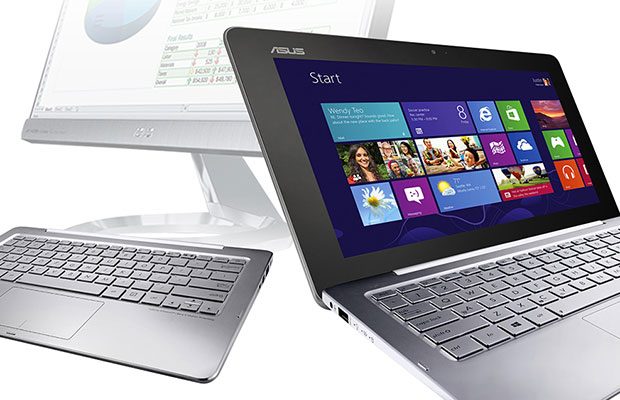
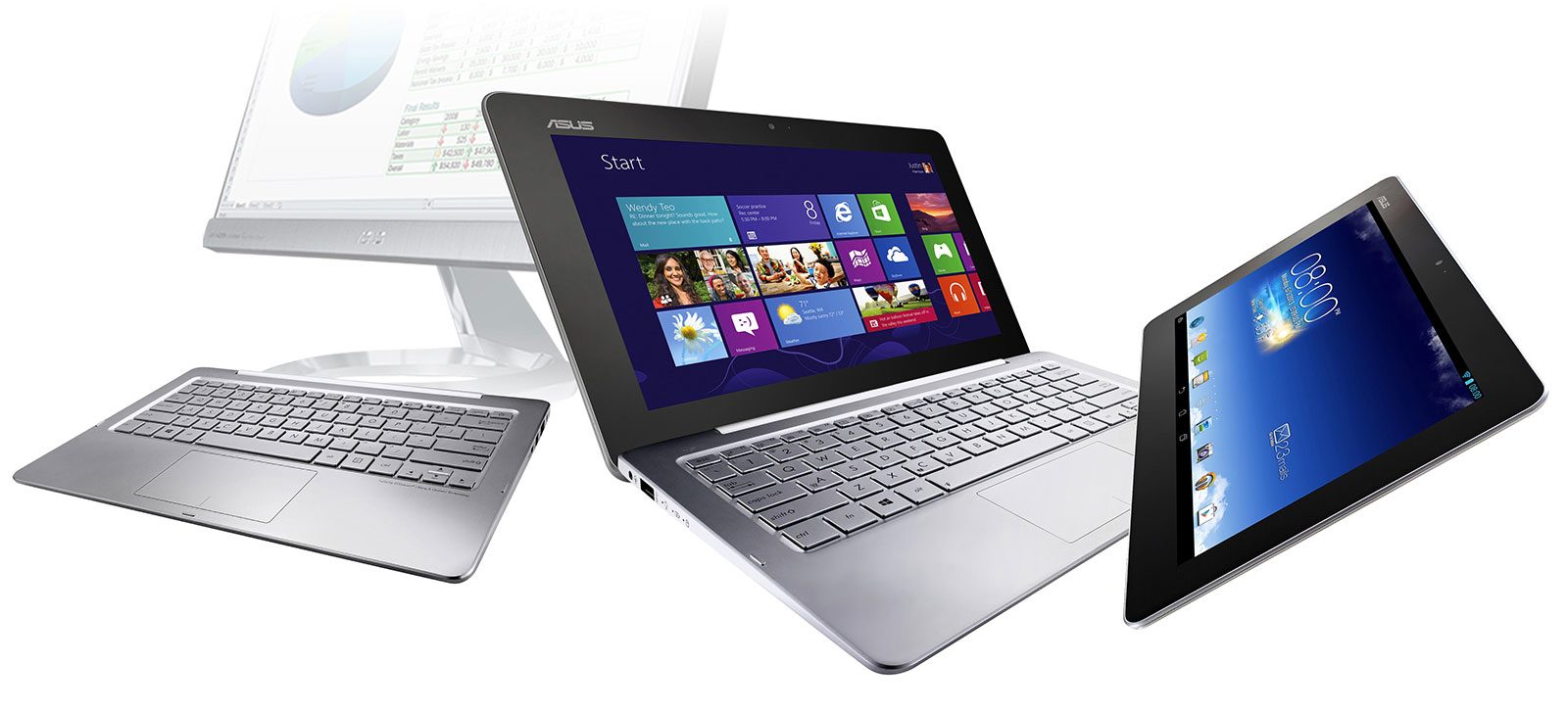

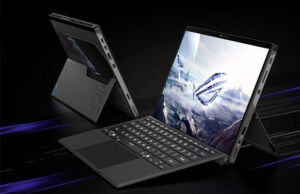
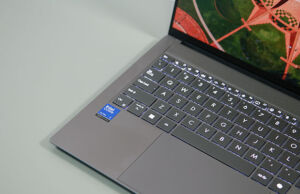
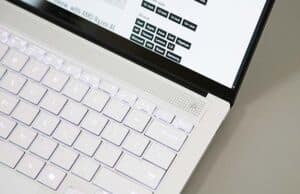
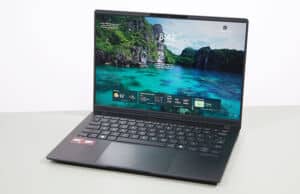
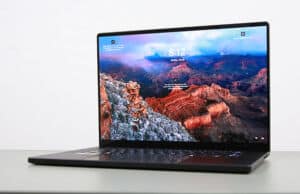
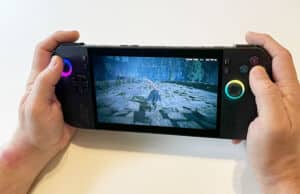




Mark
June 8, 2013 at 3:54 am
Someday probably every laptop will be a hybrid. While this general direction is pretty clear, currently available models are still far from perfection. We will see if Asus Transformer Book Trio is another step forward or just a mistake. Having one computer instead of three sounds great indeed, but two operating systems instead of one? In my opinion it is just an unnecessary complication.
James
June 11, 2013 at 4:49 pm
Two operating systems could be a issue, but running Android natively does work better than emulation and some still prefer it for tablet only usage.
While it also depends on how they implement it… The Asus AIO that also doubles as a large tablet for example is a similar product in that it switches to Android for the tablet mode, but with increasing wireless display support, they could always give the option to just access the base dock system wirelessly and continue to use the desktop or Modern UI environment but via the tablet…
In any case, hardware options are still limited… The Clover Trail+ is Intel’s present highest performer for their mobile SoCs but it only runs Android.
The Clover Trail Z2760 that runs Windows 8 offers a bit less performance and compatibility with the Core i-Series base station dock would be limited.
MS does have a patent that allows a system to switch processors without switching OS when docking/undocking but they haven’t pushed that capability for Windows 8 yet… maybe for the 8.2 update that’ll come out next year.
But for now that means options are limited for OEMs… at least running Android allows the tablet to be used separately from the dock station without adding the cost of running a separate copy of Windows!
Andrei Girbea
June 11, 2013 at 5:34 pm
From what I understand, the screen is going to be a standalone tablet that will act as a display for the docking, when attached. The docking itself is thus a standalone computer. I wonder however if there’s any way to access the storage on the tablet when in laptop mode, that would be useful. Anyway, the entire solution doesn’t seem that complicated to me. But, I’m not a hardware engineer :P Still, I wonder if they will have this solution by 2014. Given how long it took them with the first Transformer Book (11 months or so)… I’m not holding my breath on this one :P
As for having Windows as well on the tablet.. that’s a different story. Still, I’d rather have an Android tablet over one with windows, there’s a significantly better ecosystem backing it up, so it will end up being a lot more useful in tablet mode. Then, if I want to get productive, I’d latch the screen and boot the Core i computer and voila…
James
June 13, 2013 at 12:39 am
Yes, the keyboard dock is a full computer… just like the Asus AIO that also has a tablet that runs android on its own.
The Base Station/Keyboard Dock can be either used as a laptop with the tablet half docked or as a portable desktop on its own and attached to a external monitor or TV…
While the tablet half runs on a the Z2580 Clover Trail+ Mobile ATOM SoC and runs Android… direct support from Google means it gets the latest release as well, which is presently 4.2.2 and should be 4.2.3 or later by the time this actually comes to market.
And yes, it would be pretty simple to allow the base station to access the tablet storage but depends on the type of docking port Asus is using and whether they thought to provide that function or not… But you could always just attach the tablet to the base station as you would any tablet to a PC and access the drive that way instead…
While the problem with Android is there are still certain things you can’t do with Android that’s pretty easy to do with Windows… So would depend on what people want to do with the tablet…
But, until Bay Trail is released, there aren’t many options yet to provide a way to transition to a tablet without either putting the whole system into the tablet or using a wireless streaming option to remotely use the system from the tablet…
Basically, they need both processors to be capable of running Windows (not the case with the Trio)and MS needs to support the option to be able to transition from one processor to another without needing to reboot… Like I mentioned before, MS has the patent to do so already but they’ve yet to push that feature as there’s yet not any reason to but if more products like the Trio come out then that could change…
Andrei Girbea
June 13, 2013 at 9:24 am
We’ll probably see plenty of other such hybrids down the line. Asus have been trendsetters in the last years, although not all of their ideas caught up (like the PadFone, the AIO). At least they are trying and I really appreciate them for that.
But right know the Windows tablet market is so limited and I doubt that’s going to change too soon, if ever